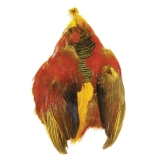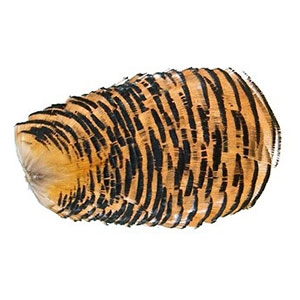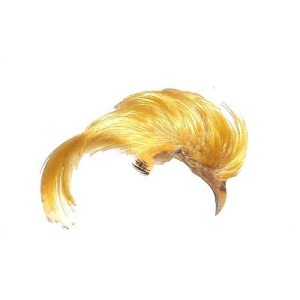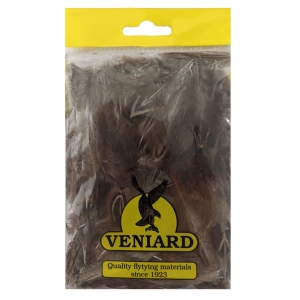Fly Tying Feathers
We have one of the largest ranges of the finest quality fly tying feathers available to buy online. Feathers are one of the most visible parts of your fly tying creation so finding the correct size, colour and quality is important. To help you we stock a wide selection from top producers like Keough, Metz, Natures Spirit, Semperfli, Turrall and Veniard. If you are looking to expand your fly tying material collection then our range of individual or bulk packs of loose feathers are a cost effective way to ensure you have the required feathers to hand, in every conceivable colour and size. For those who tie a large volume of flies, either commercially or as a hobby for your friends and family, then our full capes like the Veniard Premium Cock Capes, Metz Necks and Metz Saddles are your best choice as they offer the largest volume of usable feathers for the investment. We also import a wide range of feathers from the USA to ensure you have the highest quality, most vibrant feathers to enhance your fly tying patterns. You can shop with confidence when buying your feathers from Angling Active as we have live stock control on our website and our relationships with suppliers ensures we can keep our prices competitive. Our selection of Feathers, Capes and Saddles have been specially selected by our producers to offer fly tyers the most usable materials per purchase.





































